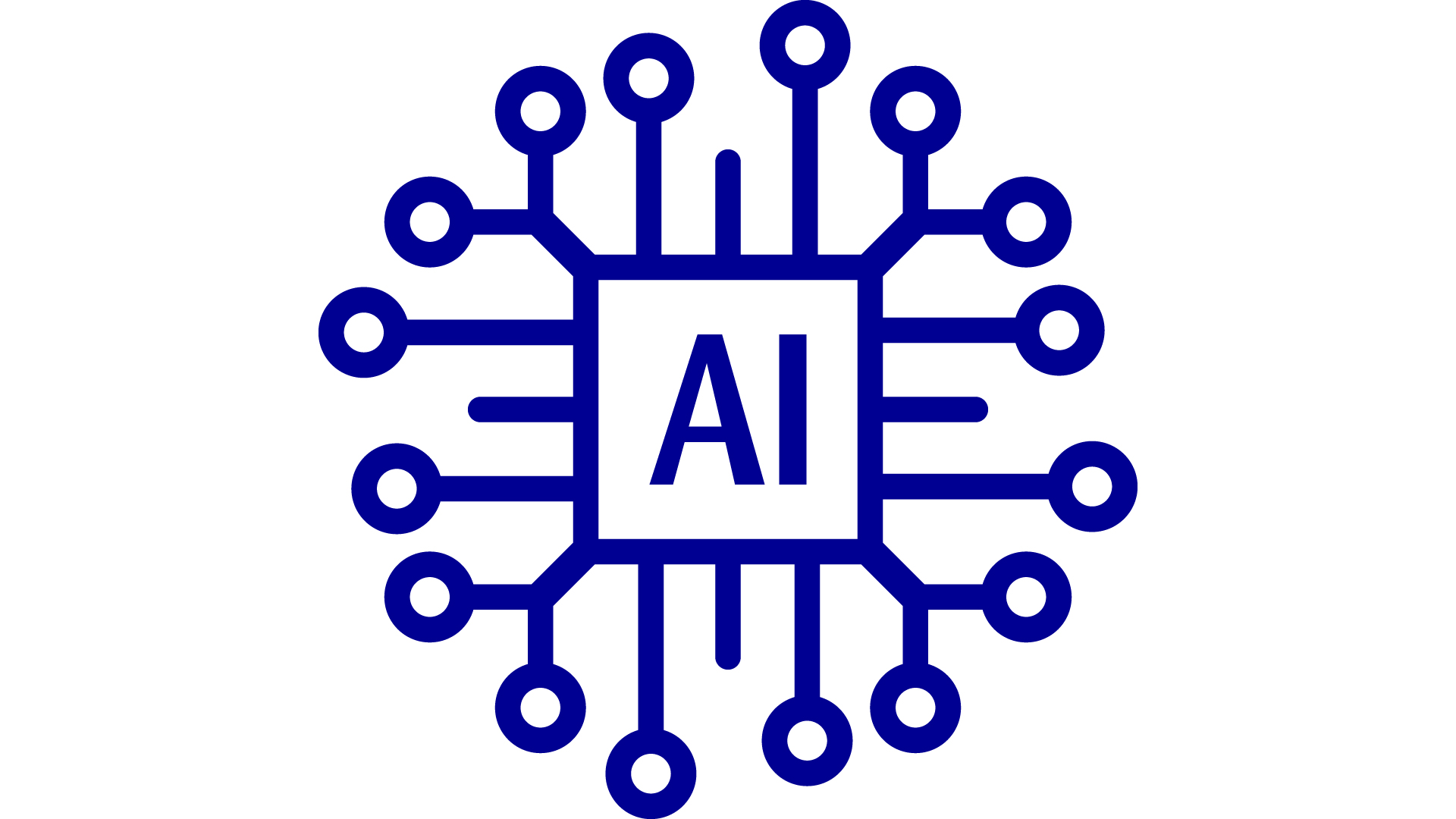
Artificial Intelligence
- Published on
- Authors

- Author
- Ram Simran G
- twitter @rgarimella0124
As someone who recently completed a Master’s degree in Software Systems, with a major in Artificial Intelligence (AI) and Machine Learning (ML), I’ve had the privilege of exploring this fascinating, rapidly-evolving world in depth. From foundational algorithms to the cutting-edge world of Generative AI, every concept has revealed a new layer of innovation and opportunity. This blog post is my attempt to lay down what I’ve learned — using not just the key terms from the infographic but also connecting concepts I came across throughout my studies.
🌐 What is Artificial Intelligence (AI)?
At its core, Artificial Intelligence is the simulation of human intelligence in machines that are programmed to think, learn, and make decisions. AI encompasses several subfields like Automation, Speech Recognition, Computer Vision (CV), Emergent Behavior, Augmented Programming, and Content Generation. It’s a vast universe, and every AI system we use today, from voice assistants to self-driving cars, is built upon this framework.
🔍 Machine Learning (ML): The Engine Behind AI
Machine Learning is a subset of AI that allows systems to learn from data and improve over time without explicit programming. In my coursework, ML was often the first step towards building intelligent systems.
Some of the foundational algorithms include:
- Linear Regression: Predicting continuous values.
- Logistic Regression: Predicting probabilities for classification.
- K-Means Clustering: Unsupervised clustering of data into groups.
- K-Nearest Neighbors (K-NN): Classifies data points based on their neighbors.
- Support Vector Machines (SVM): Classifies data by finding the hyperplane that best separates classes.
- Principal Component Analysis (PCA): Dimensionality reduction for data visualization and preprocessing.
- Decision Trees and Random Forest: Tree-based algorithms for both classification and regression.
- Reinforcement Learning (RL): Learning by trial and error to maximize rewards.
Additional ML methods I explored:
- Naive Bayes
- Gradient Boosting
- AdaBoost
- XGBoost
- Anomaly Detection
- Hidden Markov Models (HMM)
- Bayesian Networks
🧠 Neural Networks: Mimicking the Brain
Neural Networks bring us closer to mimicking the human brain. Composed of neurons (or nodes) interconnected in layers, these networks can model complex patterns.
Key concepts include:
- Perceptron: The simplest type of neural network.
- Backpropagation: A technique for training networks by minimizing errors.
- Feedforward Networks: Simple forward-moving networks without cycles.
- Boltzmann Machines: Stochastic recurrent networks useful for feature learning.
- Deep Belief Networks (DBN): Combinations of multiple layers of restricted Boltzmann machines.
- Liquid State Machines (LSM): A type of recurrent neural network.
- Self-Organizing Maps (SOM): Unsupervised neural networks used for clustering and dimensionality reduction.
Other fascinating models:
- Radial Basis Function Networks (RBFN)
- Hopfield Networks
- Extreme Learning Machines (ELM)
🔥 Deep Learning: Diving Deeper
Deep Learning is a specialized subset of Machine Learning involving multi-layered neural networks capable of modeling complex, hierarchical patterns.
Important models:
- Convolutional Neural Networks (CNN): Dominant in image recognition.
- Recurrent Neural Networks (RNN): Great for sequential data like text and time series.
- Long Short-Term Memory (LSTM): A special type of RNN that handles long-term dependencies.
- Transformers: The modern workhorse for NLP tasks like translation, summarization, and chatbots.
- Autoencoders: Used for unsupervised learning and data compression.
- Deep Reinforcement Learning (DRL): Combining RL with deep networks.
Additional models I came across:
- Capsule Networks
- Generative Adversarial Networks (GANs)
- Variational Autoencoders (VAEs)
🎨 Generative AI: The Creative Side of Machines
Generative AI focuses on creating new content — images, text, audio, or even video. This is one of the most exciting areas I explored during my master’s.
Key areas:
- GANs (Generative Adversarial Networks): Two networks (Generator and Discriminator) competing to produce realistic content.
- Transfer Learning: Leveraging pre-trained models on new tasks.
- Reinforcement Learning with Human Feedback (RLHF): Using human inputs to guide AI decisions.
- Large Language Models (LLMs) like GPT (Generative Pretrained Transformer).
- RAG (Retrieval-Augmented Generation): Combining information retrieval with generation for better factual accuracy.
- Foundational Models: Broad models trained on diverse data for multiple tasks.
- Agents: AI entities capable of performing actions in an environment.
- Multimodal AI: Models that process and integrate multiple data types like text, images, and audio.
- N-Shot Learning: Models learning from a limited number of examples.
- Zero-Shot Learning (ZSL): Generalizing to tasks never seen before.
- Few-Shot Learning (FSL): Learning from very few labeled samples.
- BigGAN: High-quality image generation.
- DRL (Deep Reinforcement Learning): Combines RL with deep networks.
- QLoRA: A quantized, low-rank adaptation for large models.
- OSL (One-Shot Learning): Classifying from one or very few samples.
Other exciting concepts:
- Diffusion Models
- StyleGAN
- Neural Radiance Fields (NeRF)
- DALL·E
- Stable Diffusion
- ControlNet
- Text-to-Speech (TTS)
- Speech-to-Text (STT)
💡 Where is this all going?
The AI landscape is expanding rapidly. Concepts like Emergent Behavior — unexpected intelligent behavior arising from simple rules, and Augmented Programming — AI-assisted software development, are just glimpses of what’s ahead. AI is no longer limited to research labs; it’s shaping our industries, healthcare, finance, and daily lives.
📖 Final Thoughts
My academic journey through AI and ML has been nothing short of inspiring. The layered structure — from AI to Machine Learning, Neural Networks, Deep Learning, and Generative AI — reflects both the technical depth and the exciting possibilities ahead.
If you’re a student, developer, or curious reader, this is a brilliant time to immerse yourself in AI. Stay curious, experiment with projects, and watch how even the most abstract concepts find real-world applications.
Cheers,
Sim